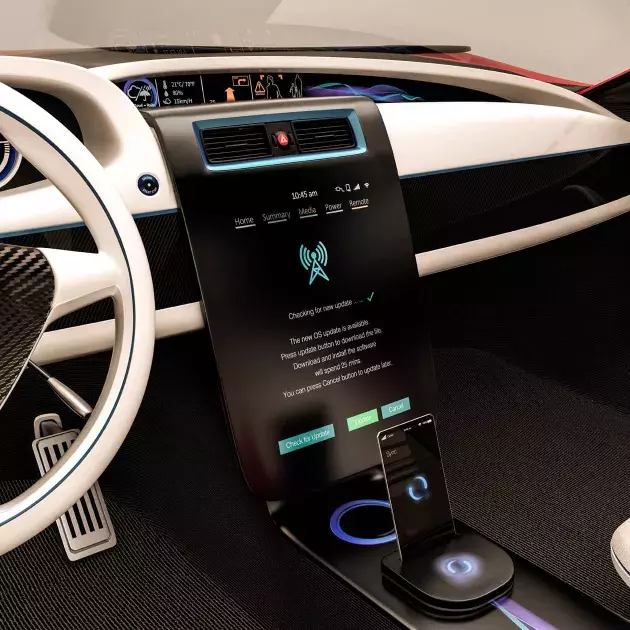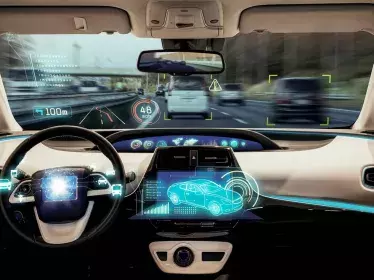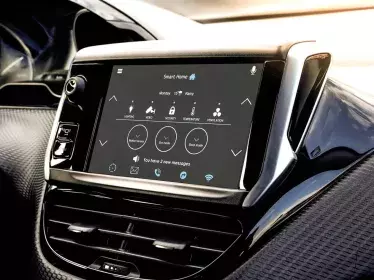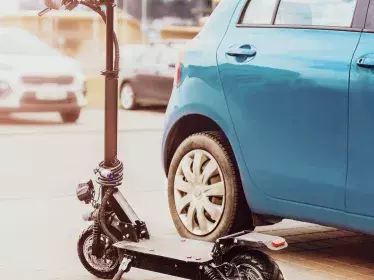4G (and soon 5G) offer many options when it comes to connected services for cars. But can this help you to consume less fuel and avoid traffic jams on the road?
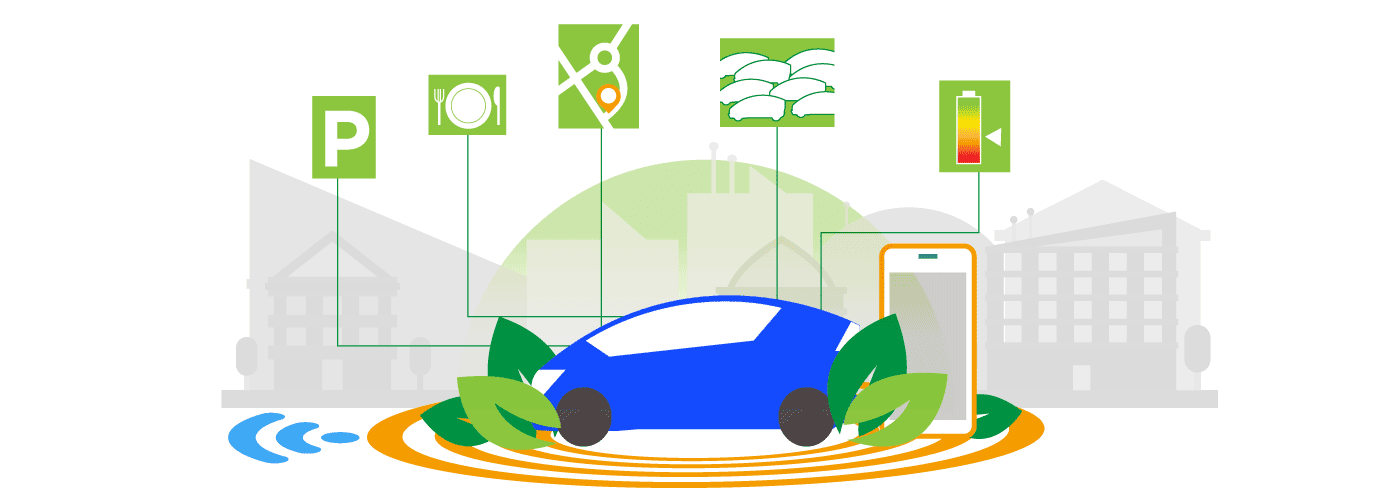
One of the most attractive connected services currently is undoubtedly connected browsing. The system has real-time traffic density information and alerts you to events such as roadworks, accidents and closures. This avoids wasted time and fuel-intensive stop-start driving. Because a smooth ride at a constant speed without sudden acceleration and braking will reduce your fuel consumption. In addition, connected cars can be informed of the weather and adapt the route to avoid dangerous areas or areas already affected by severe weather.
When it comes to mobility, connected cars in areas covered can find out in advance which parking spaces are available and go to them. It is also possible to consider automated reservations during the journey (for shows, hotels, restaurants and parking). They will soon be able to organise multi-modal transport. The navigation route will be transferred to your smartphone to continue the journey on foot or by another means of transport.
Connected services significantly improve your driving experience. For example, let's look at switching on the air conditioning or heating remotely. This is particularly useful for an electric car that is charging. By activating the heating or air conditioning remotely, you can enjoy an ideal temperature car, which is defrosted in winter and ready to go. This means you won't use too much battery power to heat or cool the interior. A bonus for autonomy.
Technology is also evolving towards better interconnectivity. In the future, vehicles will be able to communicate with each other as well as with the infrastructure. This will improve anticipation of hazards. This will also make it possible to set up a block traffic flow to maintain optimum speed and avoid the build-up of congestion. It's also another step towards autonomous driving. The connected car is able to 'read' certain road signs to comply with speed limits and adapt to the road layout.


